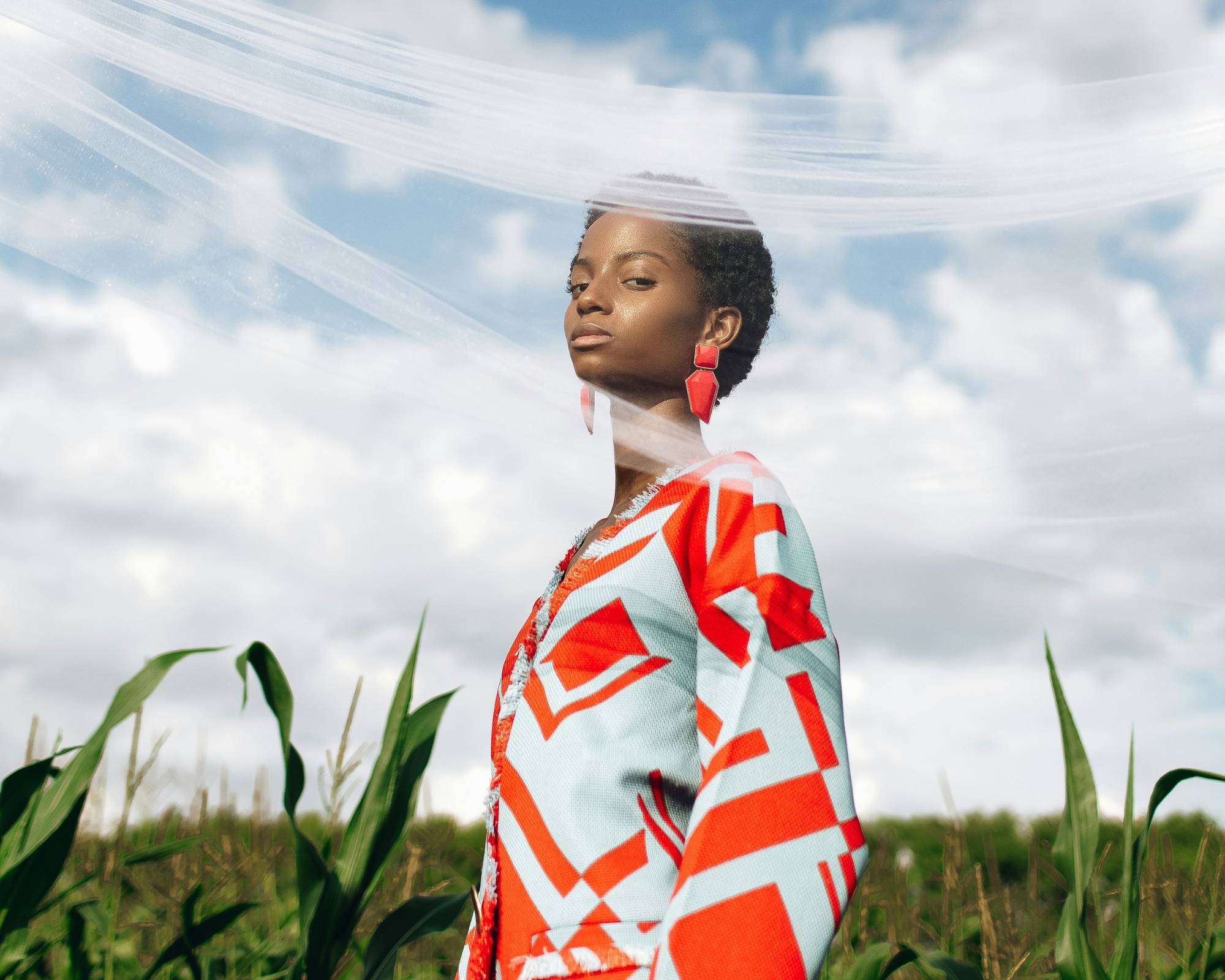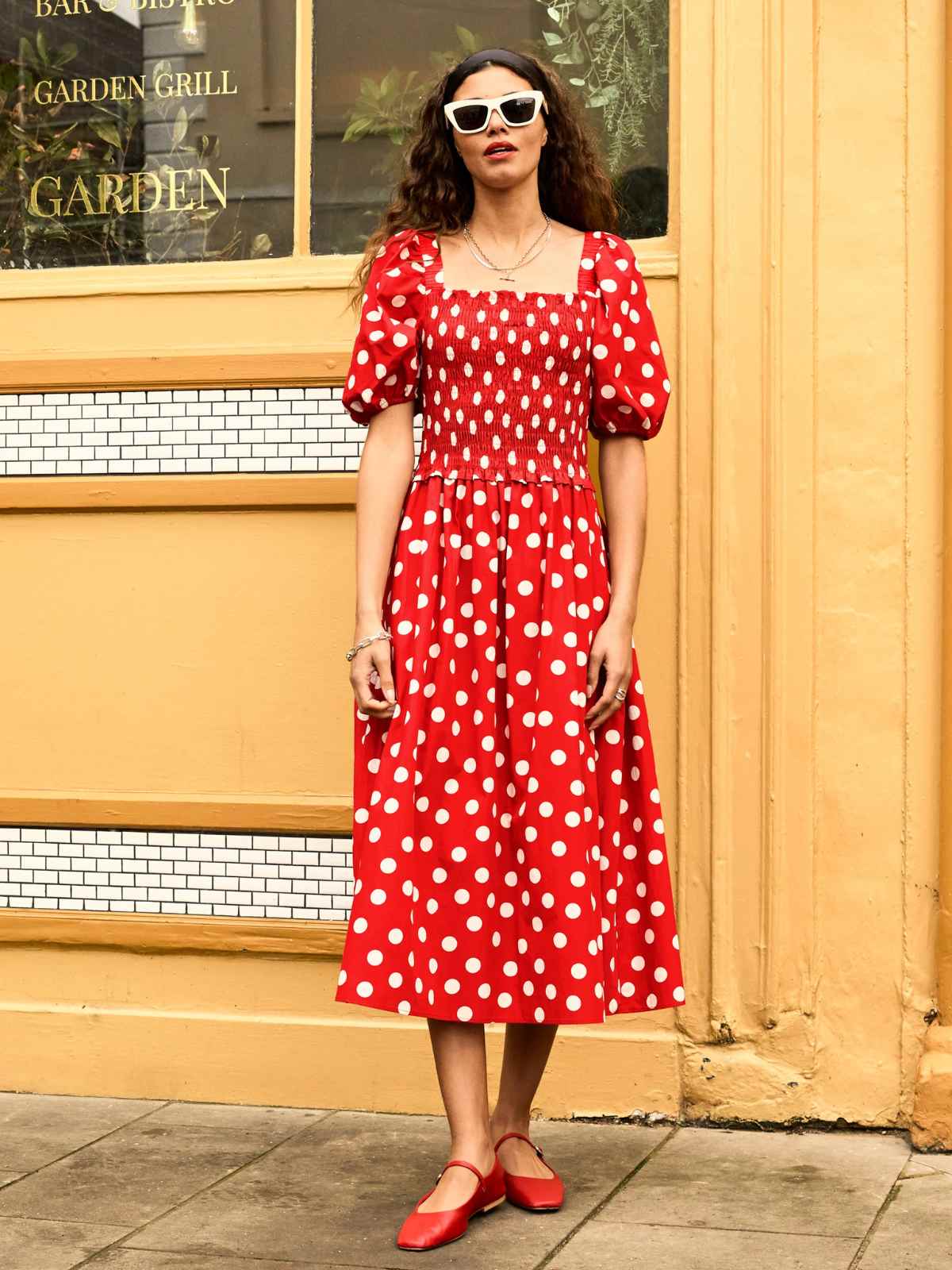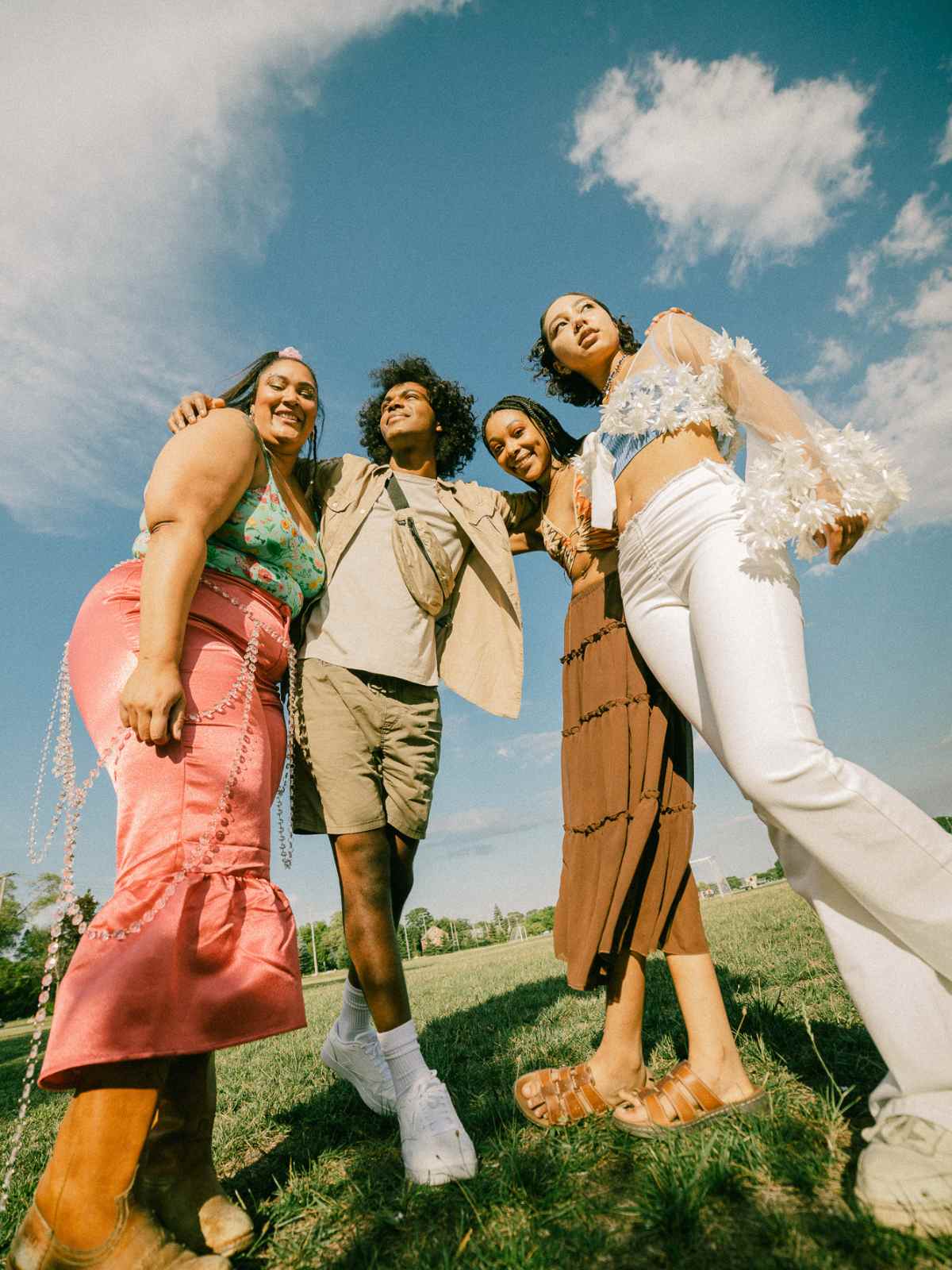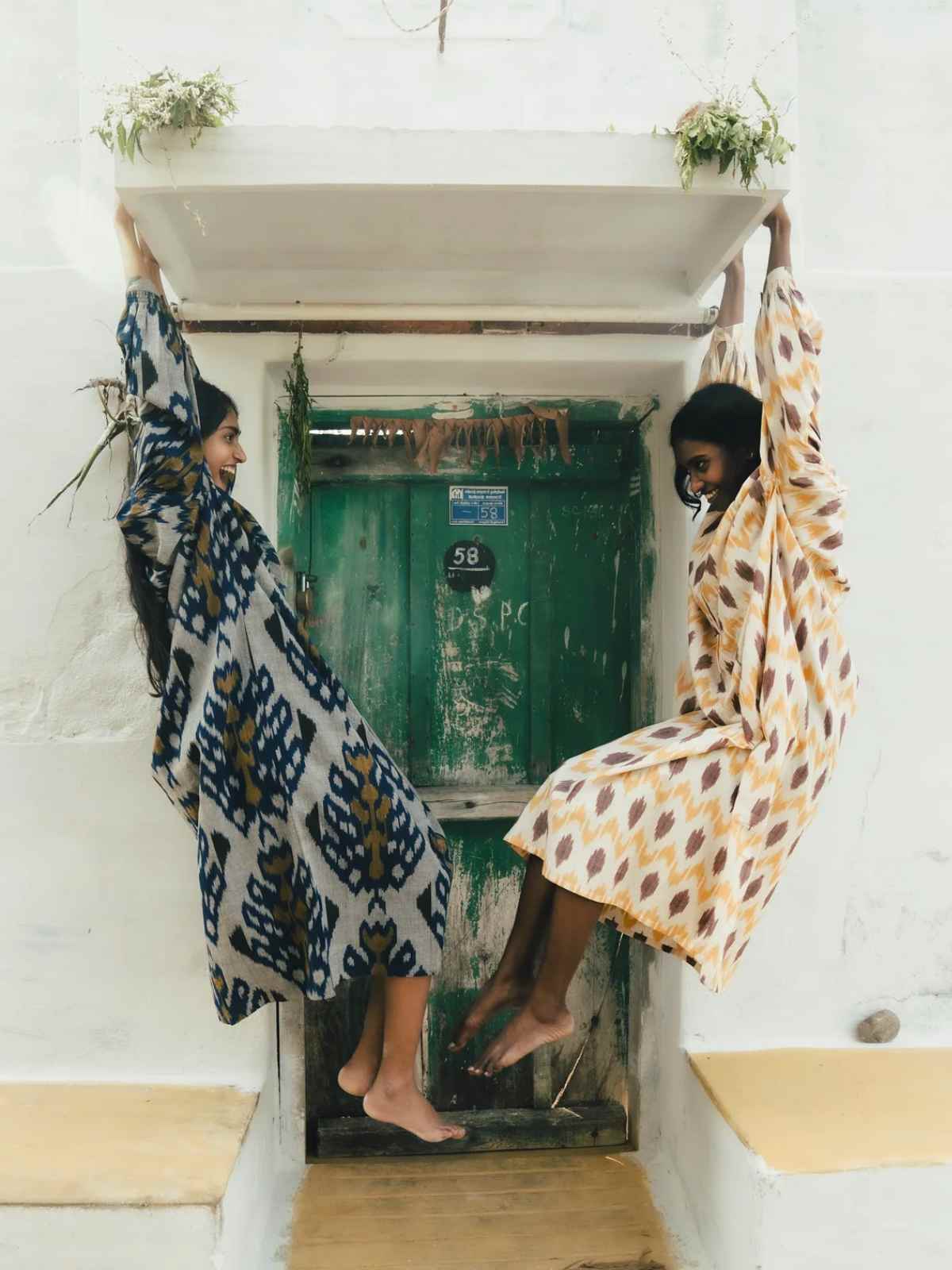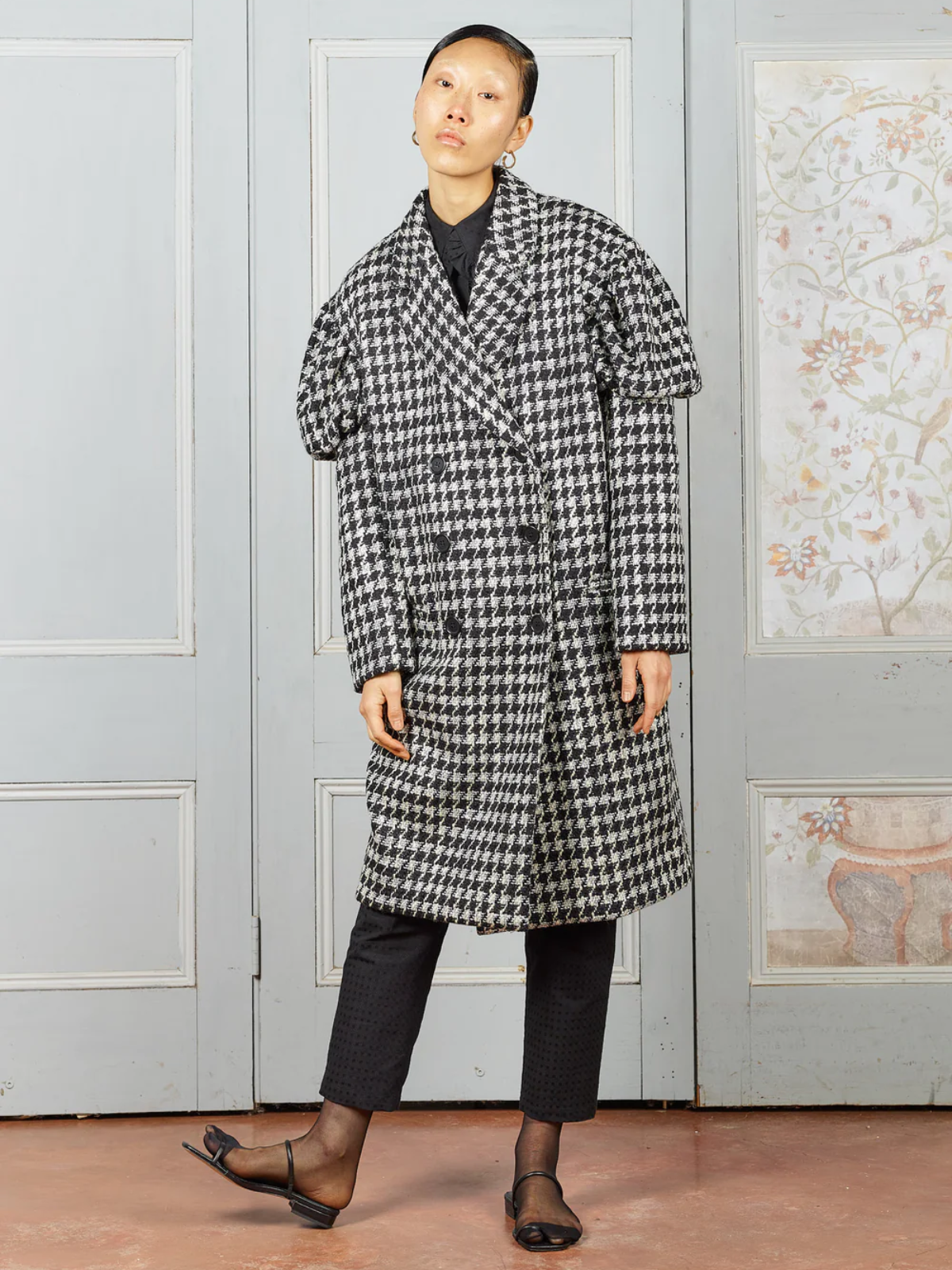Our editors curate highly rated brands that are first assessed by our rigorous ratings system. Buying through our links may earn us a commission—supporting the work we do. Learn more.
Is all that glitters green? Not necessarily. Our comprehensive data on fashion brands reveals a mixed reality for the luxury sector. The gist? Despite their high price tags, many big and popular luxury brands still fall short on sustainability. The trend is more positive among smaller luxury labels, where a significant number are making commendable progress. Let’s take a closer look at the true cost of couture.
The rise of conscious luxury
In a world marked by a cost-of-living crisis and persisting inflation, the luxury fashion industry seems to stand resilient, charting its course despite the economic turbulence. In fact, McKinsey and Business of Fashion’s State of Fashion 2023 reported that while the broader fashion industry was set to grapple with uncertainty last year, the luxury sector expected a 5-10% growth, fueled primarily by the unyielding spending habits of “wealthy shoppers [who] continue to travel and spend, and thus remain more insulated from the effects of hyperinflation,” particularly in China and the United States.
As the luxury market keeps expanding, so does the call for a more conscious fashion industry. A recent report from FARFETCH underscored this shift, demonstrating a significant rise in global demand for conscious fashion and beauty products, with searches for “Conscious” product terms on FARFETCH have surged by an impressive 78% year-on-year.
Now, the big question: does shelling out big bucks for luxury labels mean you’re supporting more ethical practices? Not necessarily. Good On You’s recent assessment of 30 large luxury brands found only one scoring a “Good” overall rating. It’s time to uncover the truth behind the shimmering facade.
Here we’re taking a close look at how the most popular luxury brands measure up when it comes to their impacts on people, the planet, and animals. But before we dive in, let’s check out what Good On You’s data tells us about the sustainable landscape of the luxury fashion sector.
Luxury brands are still not doing enough
Looking at our data on luxury brands, the conclusion is pretty clear: most luxury fashion brands aren’t doing enough to improve or reduce their impact on people, the planet, and animals:
- Only 11% of large luxury brands managed to secure a “Good” or “Great” overall rating. And among the 30 most popular luxury brands we assessed for this article, only one out of 30 achieved a “Good” rating.
- A mere 12% of luxury brands manage rate “Good” or “Great” for the planet. Digging deeper, just 26% of large luxury brands have set science-based greenhouse gas emissions targets. What’s more concerning is that of those with targets, only 29% disclose whether they’re on track to meet them. When it comes to lessening their environmental footprint, large luxury fashion brands are, by and large, missing the mark.
- Most luxury brands are doing very little for people, with 75% of these brands scoring “Not Good Enough” or below. The exploitation of workers within luxury supply chains remains a pressing concern.
- According to a report by Four Paws in partnership with Good On You, the luxury sector averages a meagre 23% in commitment to animal welfare. Even with exceptions like Stella McCartney, the sector as a whole falls short.
This being said, it’s worth noting that the luxury sector operates on a different scale from fast fashion, producing less but at higher price points. While this may imply less waste and environmental pollution, it doesn’t absolve luxury brands of responsibility. In fact, it emphasises their obligation to care for workers within their supply chains. But while acknowledging differences, we firmly believe that accountability applies to all brands, irrespective of their position within the industry or price point.
The top rated luxury fashion brand on Good On You
Most of the popular luxury fashion brands we looked at score “It’s a Start” or below. Only one brand is standing out from the pack and is leading the way in luxury fashion, making substantial strides in improving conditions for people, the planet, and animals.




